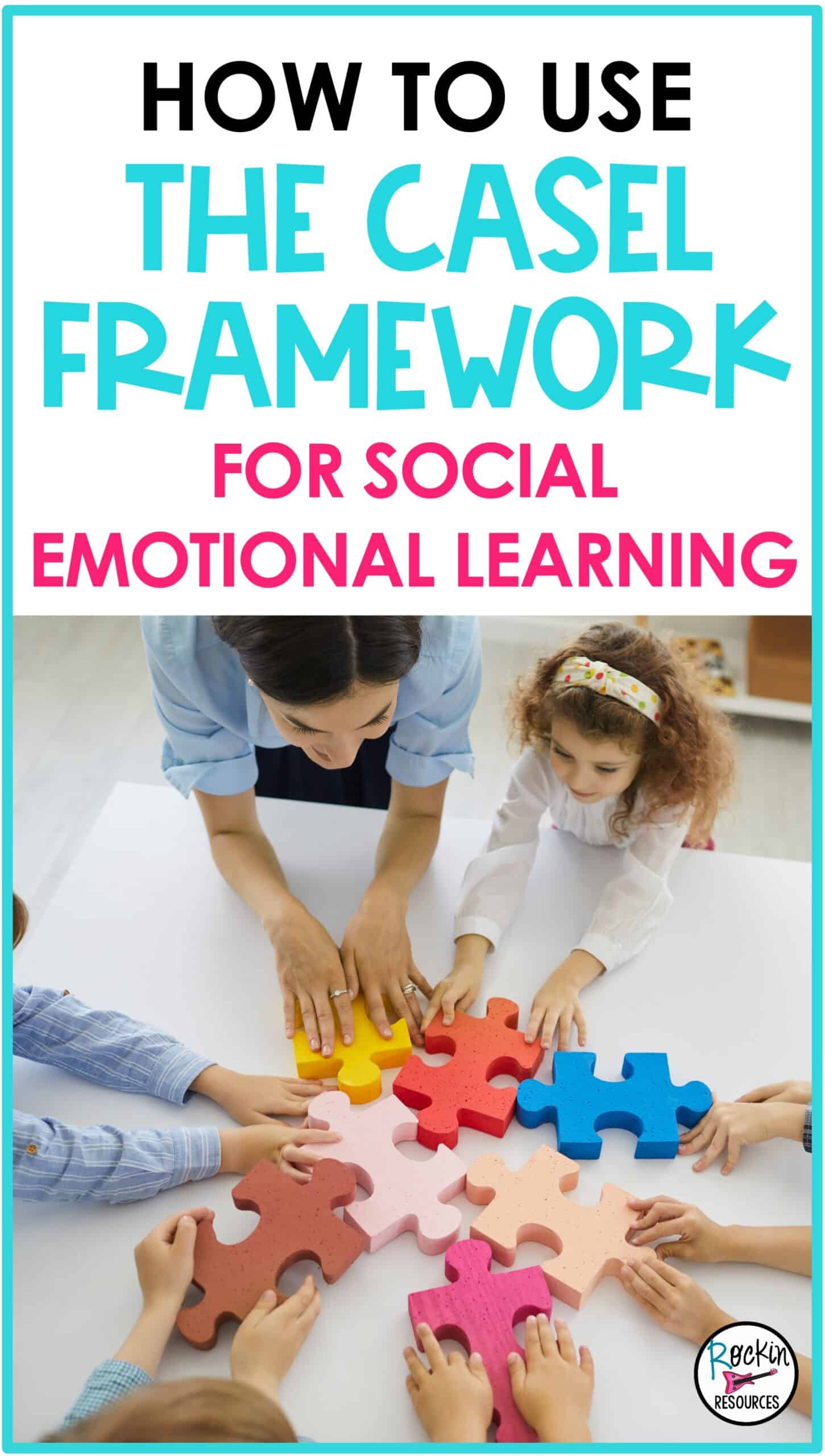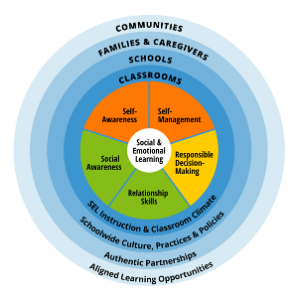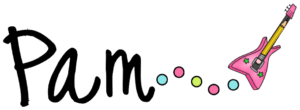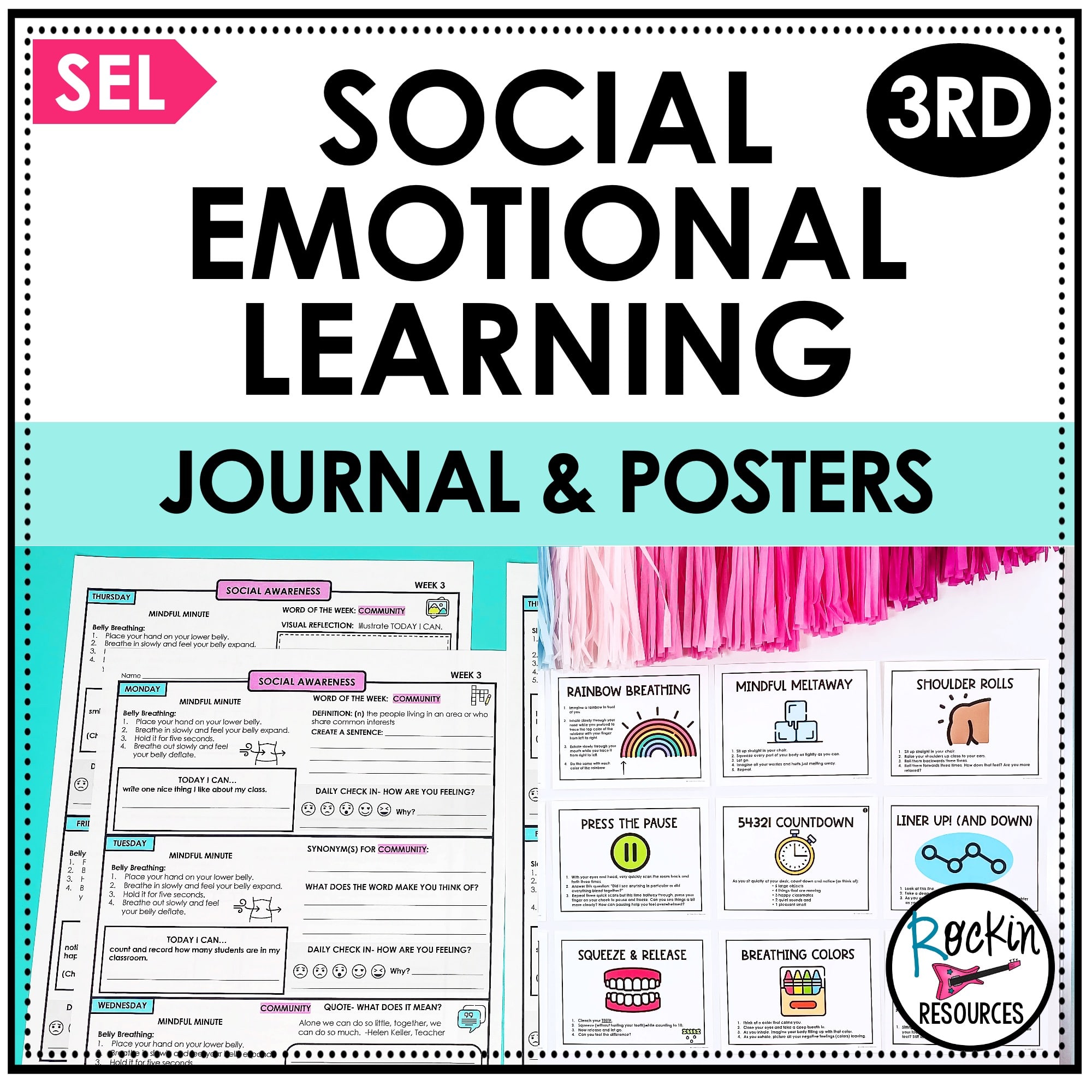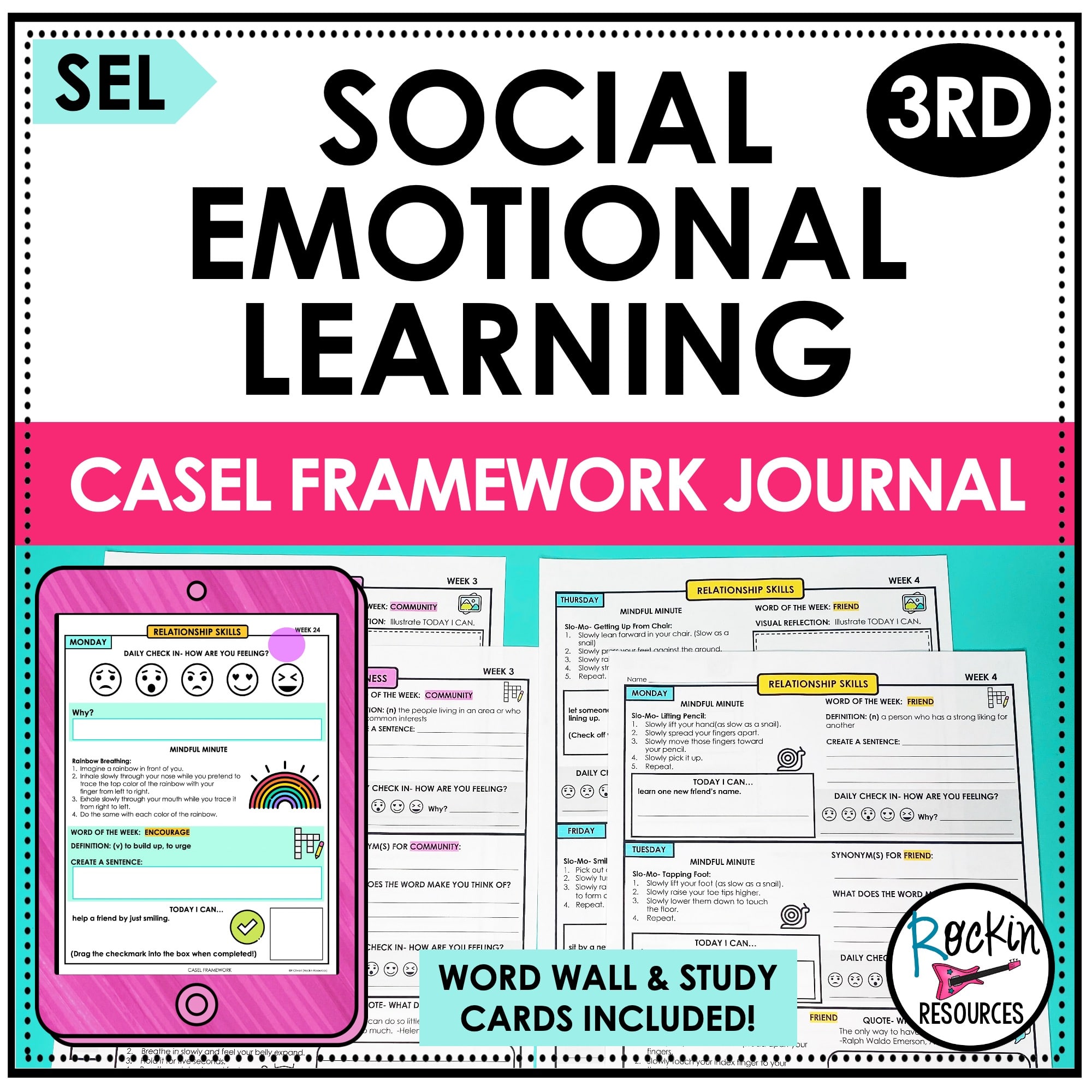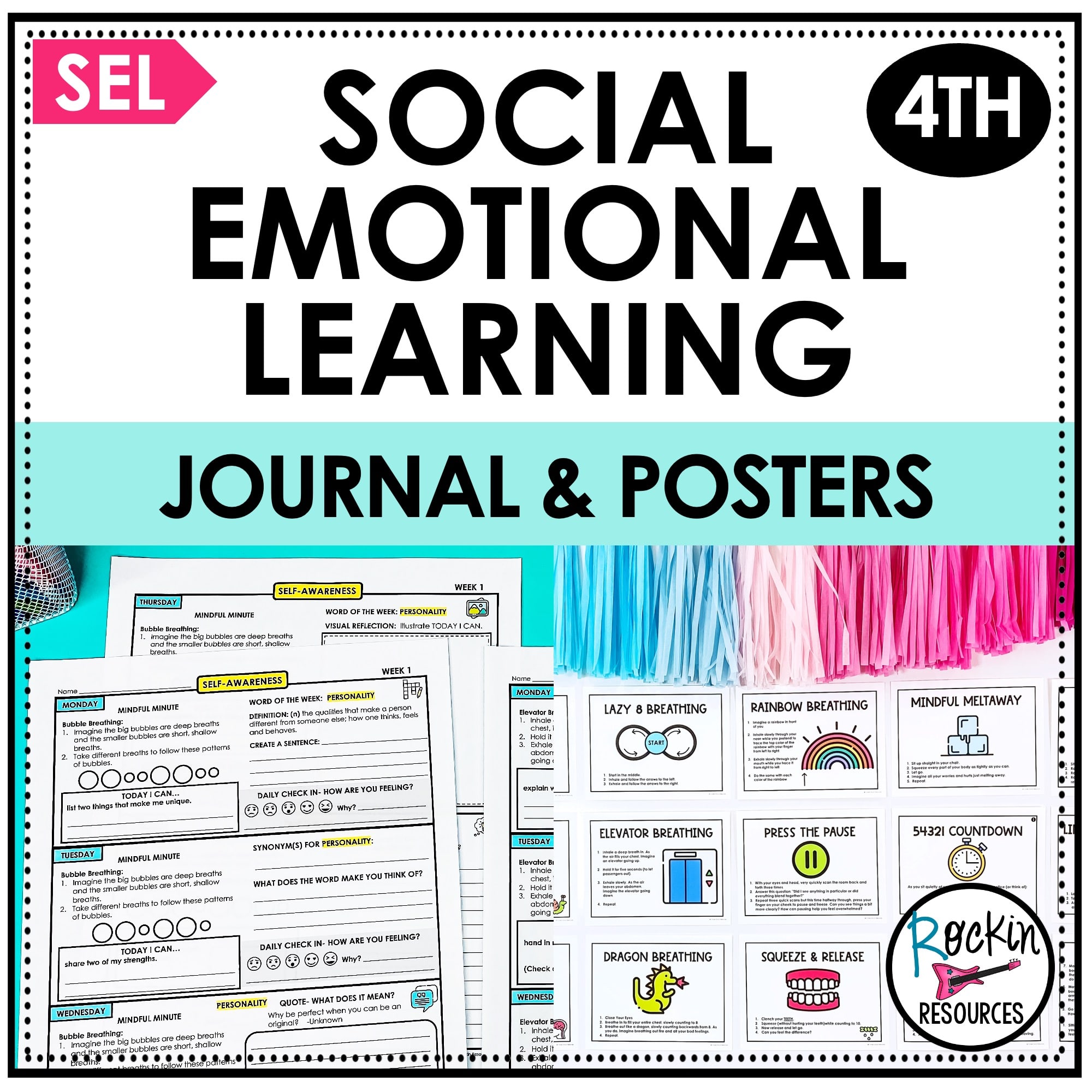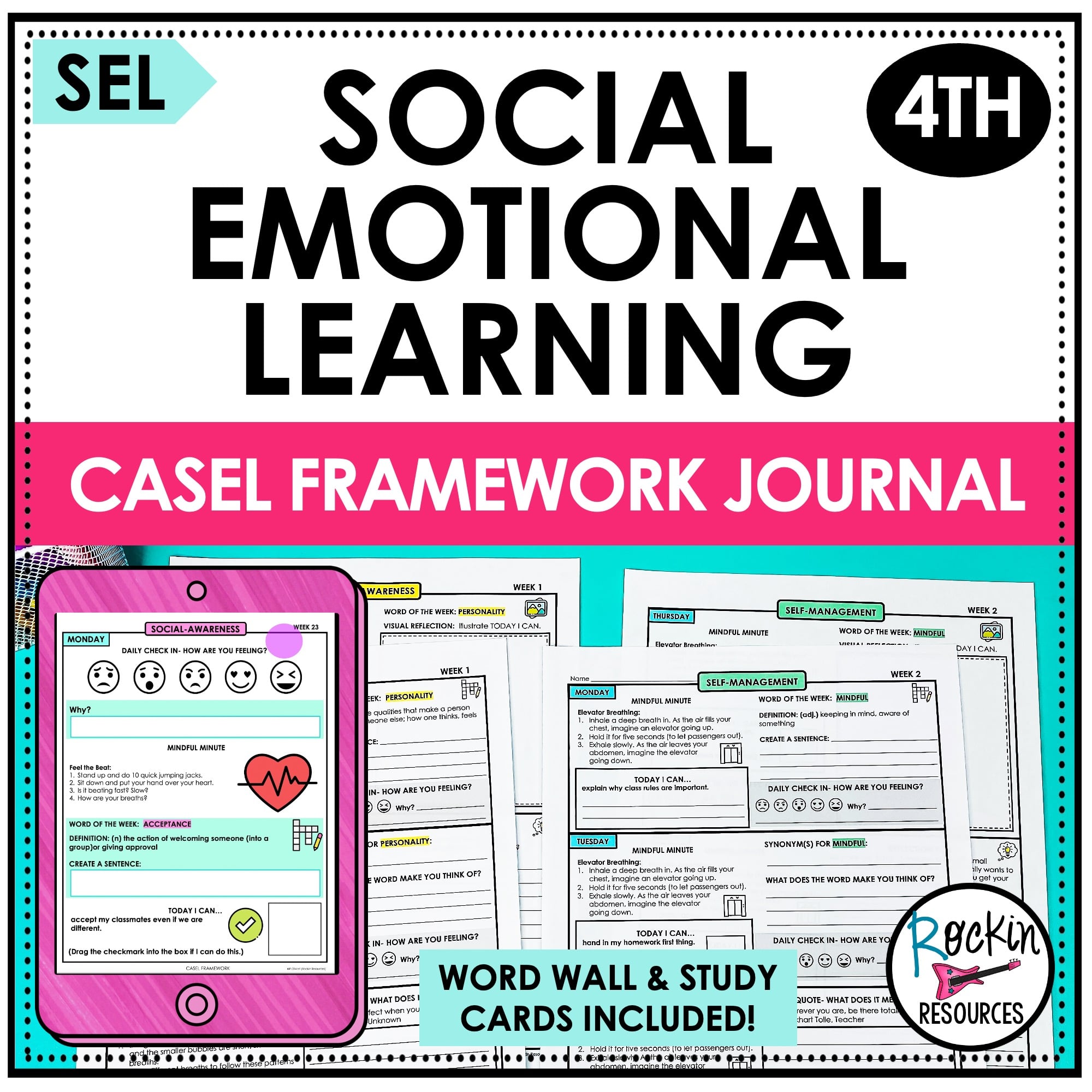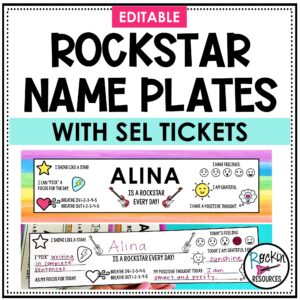HOW CAN YOU USE THE CASEL FRAMEWORK FOR SOCIAL-EMOTIONAL LEARNING?
With all the chaos of these past three years, aren’t we all still trying to adjust and regain some sense of normalcy? Many schools realize the importance of implementing a curriculum for social-emotional learning. That’s why this year, it’s SO important to consider the benefits of SEL as shared by the CASEL Framework. How Can You Use the CASEL Framework for Social Emotional Learning?
Think about a hectic, dreary day at school for both you and your students. Together, practice some elevator breathing. Breathe in slowly for five seconds. As the air fills your chest, imagine an elevator going up. Hold it for five seconds (to let the passengers out). Exhale slowly. As the air leaves your abdomen, imagine the elevator going down. Repeat. After some elevator breathing, it is looking like a sunny day!
WHAT IS THE CASEL FRAMEWORK?
Well, let’s backtrack a little. For starters, CASEL stands for Collaborative for Academic, Social and Emotional Learning. Basically, it’s a community for the community! As noted on their site, CASEL is “driven by a vision of all children and adults as self-aware, caring, responsible, engaged and lifelong learners who work together to achieve their goals.”
CASEL’s framework, in turn, champions five competencies to help students do just that:
- Self-Awareness
- Self-Management
- Social Awareness
- Relationship Skills
- Responsible Decision-Making
What does that really mean or look like? It means helping students become more aware of how many times they blurt out loud without raising their hand. It means helping students to consider that their choices can result in good or bad consequences. It means helping students to respect and appreciate others who may be different from them. It means helping students to find just the right words to stand up for themselves while at the same time, collaborating with peers. In a nutshell, it means helping the community lift each other up!
WHAT CAN YOU DO IN THE CLASSROOM?
They follow the five CASEL competencies with daily check-ins, Mindful Moment calming strategies, inspirational quotes with reflection opportunities, practical ‘Today I Can’ goals, vocabulary development for emotional expression, and more! It is perfect for morning work to start off the day on the right foot!
Our 6-pronged approach includes:
1. DAILY CHECK IN:
Teachers can gain a sense of where students are emotionally each day to determine if there is something the teacher needs to discuss with that student.
2. MINDFUL MINUTE:
Practical daily strategies for coping and calming. These vary. Some are the same throughout the week. Others change daily.
3. SCAFFOLDED SEL VOCABULARY:
The vocabulary helps students develop the necessary words to express themselves. It increases vocabulary consciousness through encountering, engaging, and applying context via definition, sentence, synonym, and ‘What does the word make me think of?’. There is one vocabulary word per week that is aligned to that competency. Each CASEL competency vocabulary word progresses and builds upon each previous competency cycle. For example, look at Decision-Making and see how the vocabulary progresses with each cycle. The vocabulary is consistent in content across grades 3-5 with different words aligned with reading level (based on a book, Children’s Writer’s Word Book by Alijandra Mogilner, that levels words).
- VOCABULARY SENTENCE: There is a sample of a sentence in the teacher notes.
- SYNONYM: For some words, you may want students to find antonyms, too (or use for differentiation).
- WHAT DOES THE WORD MAKE ME THINK OF?: This can be anything that comes to mind. It can be shared in a discussion.
4. TODAY I CAN:
The “I Can” statements are practical, ‘doable’, and aligned with CASEL ‘I Can’ ideals. (Many districts require teachers to write the daily ‘I Can’ standards on the board. Often, they sound good but lack practicality for students). Our ‘I Can’ statements combine realistic things students can do AND general goal statements. In other words, they will mean something to students.
There is overlap across grade levels with ‘I Can’ statements. This both reinforces previous years’ ‘I Can’ tasks and also introduces different/higher-level ones that have been tweaked.
These can be used for discussion. Some have a quick written answer while others have a place to check off for completion or understanding. When checking off for completion, it may need to be checked off at the end of the day or before they start the next day. You might also want to set guidelines to meet your classroom dynamics for some of them. For example, “Sit next to someone who is lonely.” For this one, you might wish to designate a time for students to carry it out—at lunch or free time, for instance.
5. QUOTE:
Quotes were included for inspiration and context. They have cited authors if known and their occupation. They were chosen for practical and thought-provoking analysis.
This quote can be found in one of the Rockin Resources journals for SEL below that aims to help students be the best they can be:
We rise by lifting others.
Robert Ingersoll, lawyer, 1800’s
6. REFLECTION:
Reflect on the competency and vocabulary word.
VISUAL: The illustration doesn’t have to be specific. It can symbolize the statement. For example—I can promise myself to not make the same mistake twice. Students can draw a promise sign and the number 2.
WRITTEN: Practical and thought-provoking reflection prompts to increase students’ comprehension and transformation.
These nameplates are used for daily and real-time social-emotional reinforcement right on student desks. They are permanent reminders. The “check in” tickets help the teacher when implementing social-emotional learning in the classroom. They can be printed for students so they can write on them daily. There are many sizes and varieties offered to meet your specific needs.
SEL MINDFUL MOMENTS POSTERS AND CARDS
These are for spur of the moment ‘change of plan’ calming and coping practice. Are your students stressed about something? Is one student having a rough day? This variety of posters can be used for a center, posted around the room, or displayed as needed. The cards are useful to have handy in desks or groups!
We sincerely hope you can take some time to decompress and renew yourselves throughout the school year. We here at Rockin Resources know how hard you’re working. We want this year to absolutely ROCK for both you and your students! So, come explore the SEL resources we’ve created. They’re unlike anything you’ve seen before.
Keep Rockin’,
SEE SIMILAR BLOGS:
DISCOVER RELATED RESOURCES:
SHARE THIS POST ON PINTEREST:
